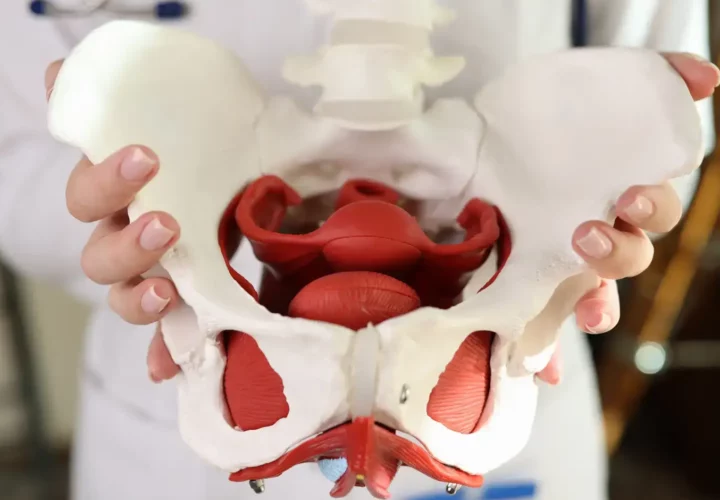Stretching is hands down one of the most comfortable types of exercise for myself. And flexibility is absolutely great to have! The amount of patients I have had who comment about how they miss being able to get into daily positions is phenomenal. Also, maintaining that flexibility with a daily flexibility routine is highly important! However, some of the “common knowledge” on stretching actually needs an update, and there are two key times we actually advise AGAINST stretching now!
What to Know
To start with, it is important to understand what stretching actually does in our bodies! The term would imply a literal lengthening of our muscles. But that is not exactly what is going on. Your muscles are actually a series of fibers made up of filaments that slide along one another when nerves impulse. Those fibers are designed to stop sliding into extension well before their end range to avoid allowing a joint to go beyond its mechanical maximum. (For example your biceps help keep your elbows from hyperextending so far the bone breaks!) That “stop” point is actually not regulated by the length of the individual fibers. But by the nerves informing them when to contract and halt motion. It’s a great protective mechanism!
What Stretching Does
What stretching does is actually acclimate those nerves to recognize when a range is still safe, even if the nerve is not normally used to letting the muscle let go that far. This progressive acclimation is what we think is happening during a long stretch. Your nerves are getting used to the new length. This is likely the reason why techniques such as hold relax stretching and active range of motion can get the same amount of range at faster rates! The difference is that during a sustained stretch, we’re placing that end range load over a longer duration.
Now, while for our daily lives and in very specific circumstances being used to these ranges is very useful, there are a few times where this chronic acclimation actually the opposite of what we want. There are better techniques to use because of it.
Power Production Activities
One key example is prior to power production activities like sprinting or weight lifting, a sustained stretch gains this range in part by relaxing our local nerve response. However, this can actually come at the expense of being able to fire at our optimal rate when needed. While this does not seem to increase injury rate, it does seem to reduce overall performance! But it may affect athletes in game or our ability to gain strength optimally in the gym! A better warmup for power based activities like this seems to be calisthenics. Things like jumping jacks, shuffles, or jump rope instead!
Tendinitis
The other time we usually shy away from stretching is in the presence of a tendinitis. The nerves in the tendons themselves are highly sensitive to load and pressure. They also are a key aspect of regulating the local inflammatory response. With that in mind, you can imagine that aggressive end range stretching can actually irritate these local nerves and increase inflammation! Now, that does not mean we cannot regain range lost during a tendinitis. It just means we have to go about it differently! Repetitive active range of motion exercises through the pain free zone seem to help regain range just like we noted above, but because we are not sustaining an irritating position, we are far less likely to induce that same adverse response!
Now, with this second case you will notice I prefaced with the word “usually”. This is because the average cause of tendinitis is highly irritable and end range stretching induces pain. This is not all cases, however! For people who find they still get a relaxing and pain free stretch when addressing the muscle an irritated tendon attaches to, stretching can still be perfectly fine! Remember, in healthcare it’s important to treat the individual not the injury! If your body responds differently than expected, it just means we have to adjust our approach!



